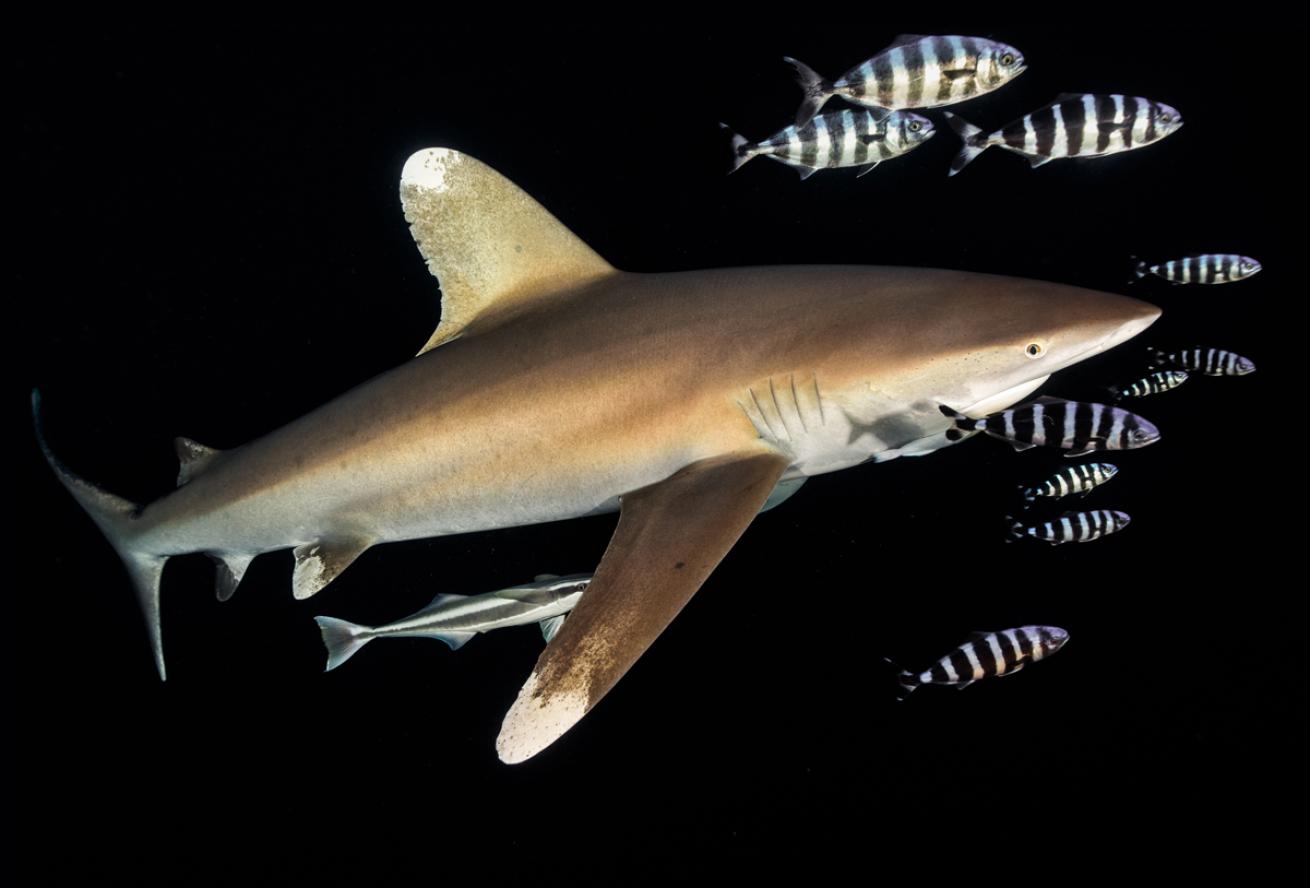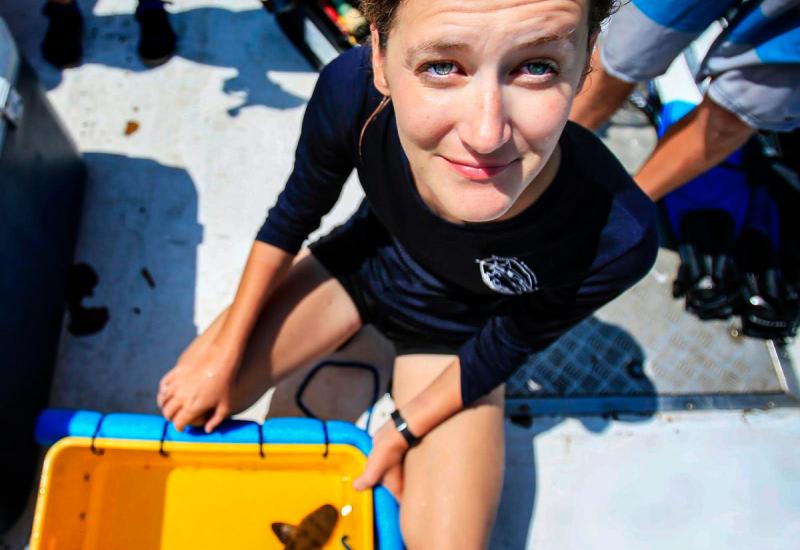Oceanic Whitetip Shark Listed as “Threatened” in the Continental U.S.
On January 30, 2018, the Trump administration announced the oceanic whitetip shark will be listed as “threatened” under the Endangered Species Act, the first shark species to receive these protections in Atlantic continental U.S. waters. Although it was historically considered one of the most abundant shark species, research has suggested that the oceanic whitetip has suffered population declines of 70-80 percent in most areas, mostly due to being caught as bycatch in purse seine and longline fisheries as well as falling victim to the global shark fin trade.

iStockOceanic whitetip sharks can grow to a length of 13 feet.
One of the greatest threats facing sharks is the demand for their fins. In fact, the fins from as many as 73 million sharks end up in the global market every year. While shark finning is illegal in U.S. waters, fins continue to be bought and sold throughout the United States and often come from unsustainable foreign fisheries in countries that have ineffective or no shark finning bans.
The oceanic whitetip shark, found in warm waters around the world, including offshore U.S. waters, is long-lived, slow-growing, and matures at a late age, making it particularly vulnerable to overexploitation.
Oceana campaign director Whitney Webber released the following statement following the announcement:
“Today is an important day for shark conservation in the United States. However, the listing of the oceanic whitetip shark as threatened under the Endangered Species Act is only a first step, because the government has not yet established the protections this species needs to recover. The federal government should ensure the oceanic whitetip receives crucial protections, including the implementation of a plan to rebuild the population and efforts to reduce their chance of being incidentally caught in fishing gear.
Oceana is disappointed that critical habitat was not designated for the oceanic whitetip and that take prohibitions were not enacted at this time. We urge Secretary Wilbur Ross and the National Marine Fisheries Service to prohibit the catch of oceanic whitetip sharks following this listing as threatened throughout their range, and it is essential that critical habitat determinations be enacted soon.
Unfortunately for the oceanic whitetip, its fins are very valuable in the international shark fin trade, one of the driving factors for its decline. Although this listing is a positive step forward for the recovery of this shark, Congress still must pass a full ban in the United States on the buying and selling of shark fins to truly combat this global trade that has jeopardized the survival of many shark species.
Now that the oceanic whitetip shark is listed as “threatened,” the government should take steps to ensure that activities in the ocean, including commercial fishing, do not jeopardize the future of this iconic pelagic shark species.”
Interesting Facts About Oceanic Whitetip Sharks
Thanks to the protections provided under the Endangered Species Act, several listed species have successfully recovered. Oceana is optimistic that this listing, if properly implemented to provide vital protections, including critical habitat, will produce similar results for oceanic whitetip sharks. Following this landmark listing, the National Marine Fisheries Service and other federal agencies are required to take steps to reverse the decline of the species, which are expected in the coming year.
Original post can be found at oceana.org.












